What Russians drink vodka out of

1. Stopka (Rumka) – shot glass – 50 ml
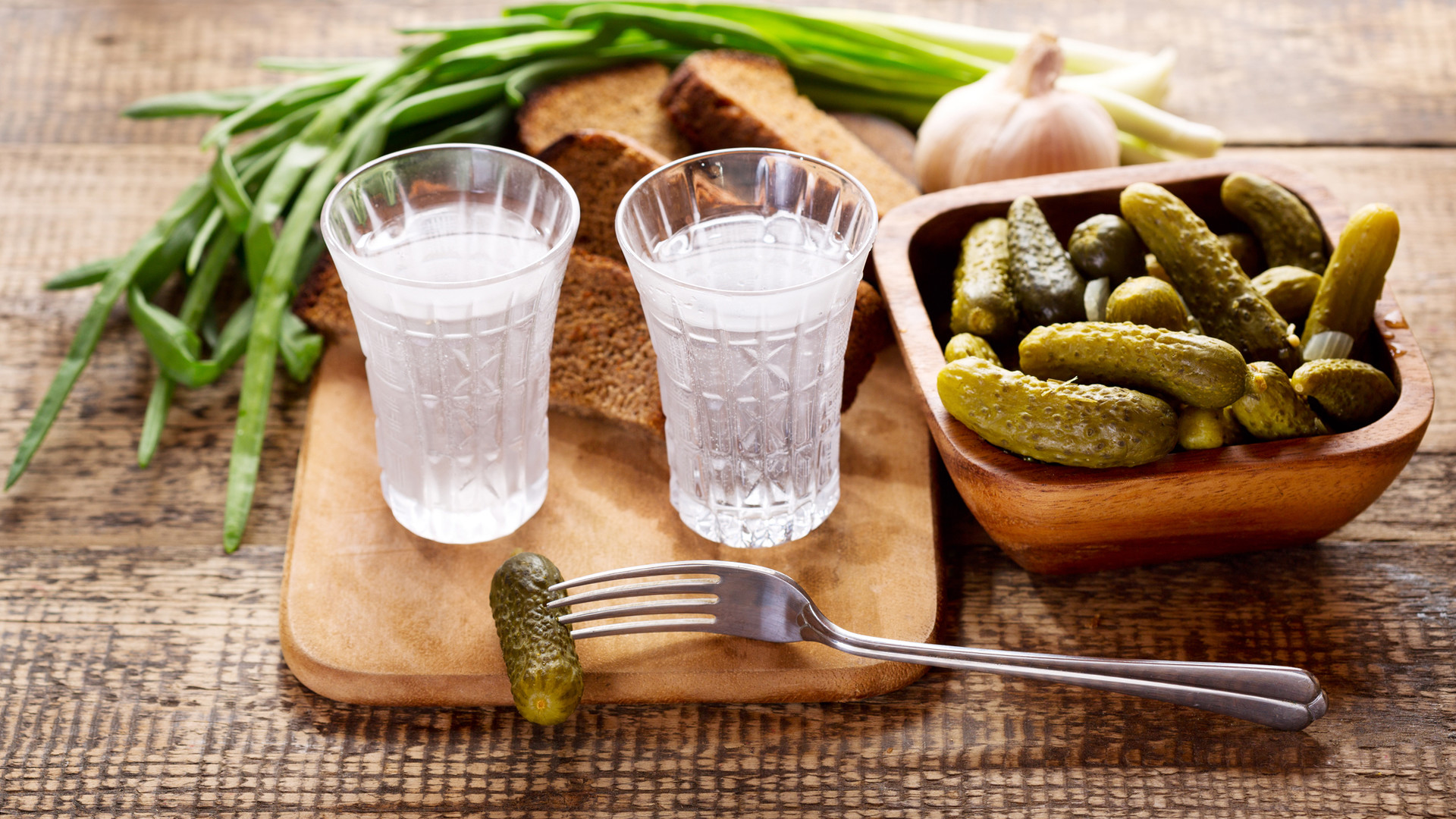
Only a shot of vodka on the table,
The wind is crying behind the window
The screams of this young moon
Revoke a quiet pain in me.
– “Shot of Vodka on The Table” (music and lyrics by E. Grigoryev, performed by Grigoriy Leps)
Currently, this song made famous by singer Grigoriy
2. Stakan – glass – 250 ml
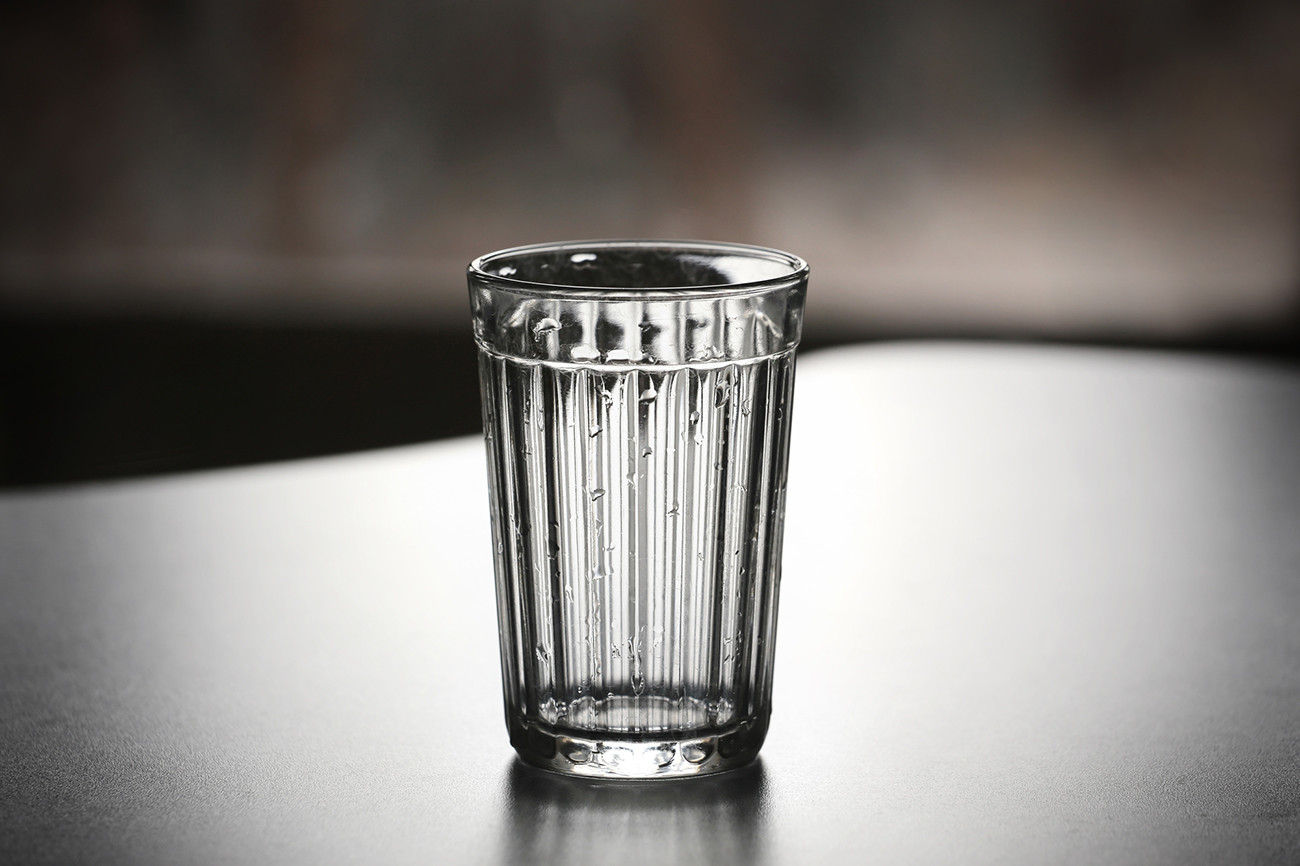
The word
“We drank and tossed the bottles under the bench.
– We’d better return the glasses – I said.
– We might need them later – Bykover noted.”
– Sergey Dovlatov, “Compromise”
3. Chekushka – 250 ml
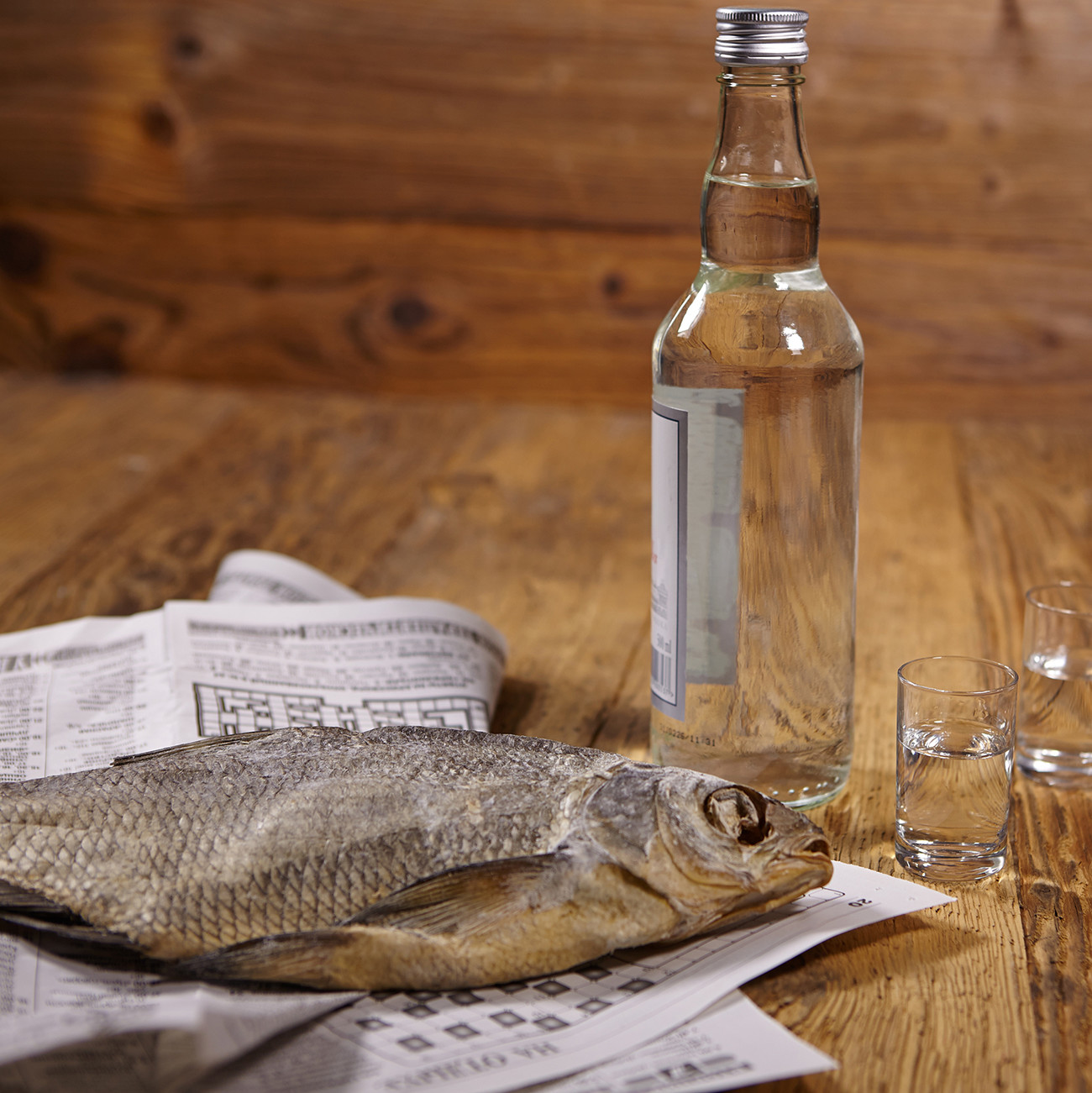
– Go to the villages. Old man Timokha is the only one who remembers how to harness a horse. And when to sow and what – they’ve all forgotten. They can’t bake a simple loaf of bread. Besides, any peasant will swap this land for a
– Sergey Dovlatov, “Pushkin Hills”
4. Pollitra – 500 ml
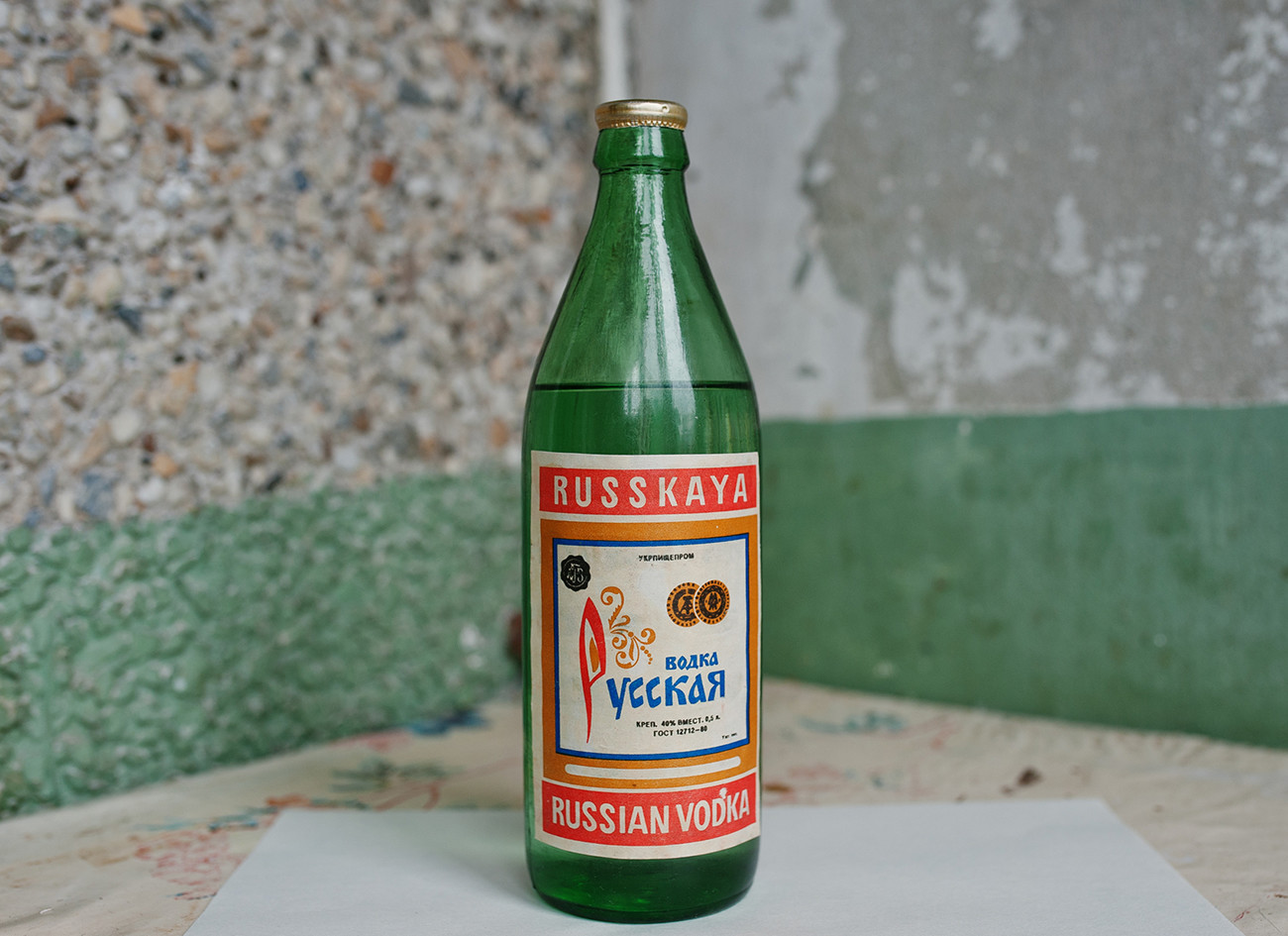
This is the classic size of vodka bottle we all know today. In the Soviet Union, it was also a kind of currency – in times of scarcity, one could get almost anything for a few bottles of vodka.
“Semyon Petrovich told me how he got an electric saw. You can’t buy them anywhere. His friend worked at a facility where they had saws. So he gave him two
– Vladimir Sorokin, “Norma”
5. Wine and/or port bottle – 700 ml
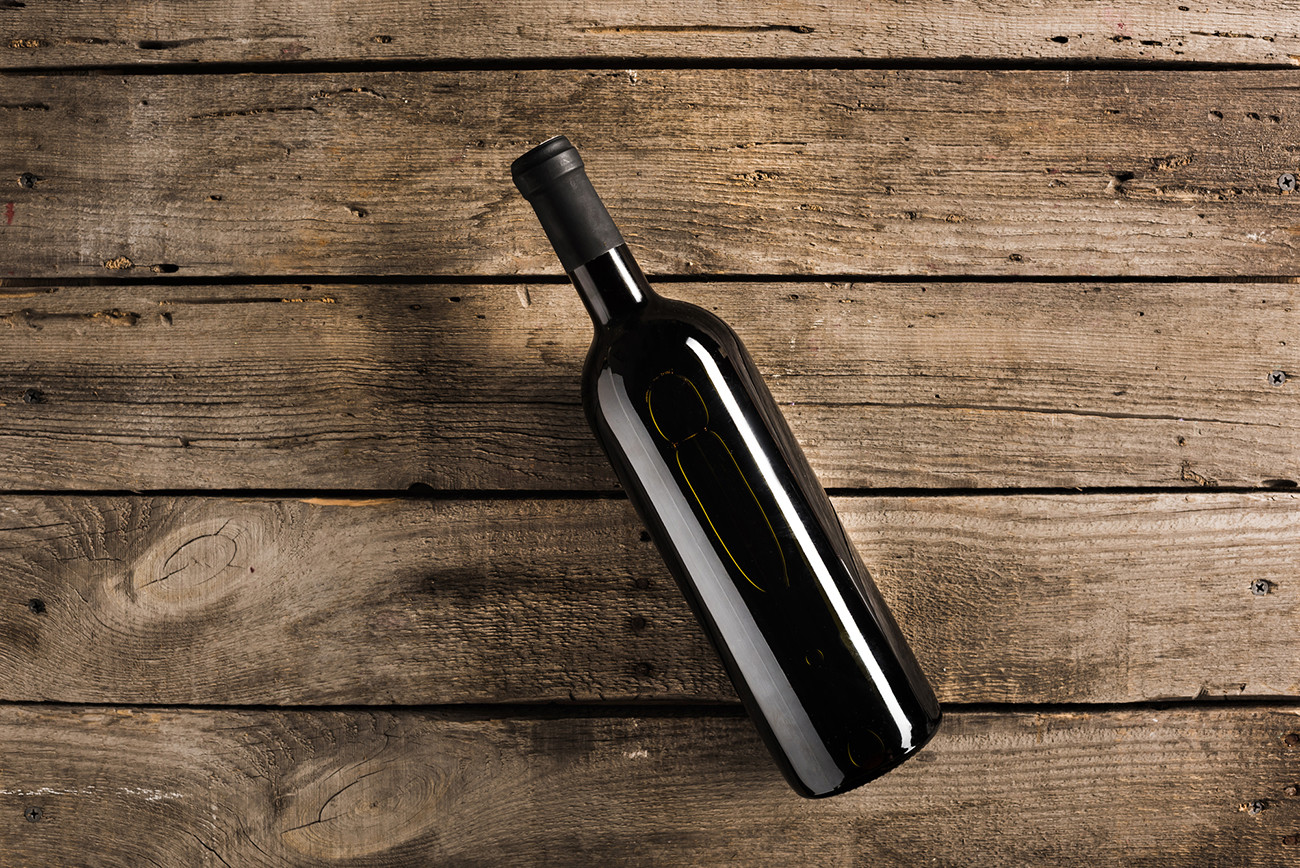
Apart from vodka drinking vessels, 0.7 liters was and still is used for wine. But Soviet wine quaffing culture was pretty unique. Because of the low quality of Soviet-produced wines, the 0.7 liters volume had a grim subtext – 0.7 was dubbed
This was especially true for
“We lived heart to heart, and we had no fights. If somebody wanted to drink port, he stood up and said: ‘Guys, I wanna drink port.’ And everybody said: ‘Good. Drink port. We will drink port with you, then.’”
– Venedikt Yerofeyev, “Moscow To The End Of The Line”
If using any of Russia Beyond's content, partly or in full, always provide an active hyperlink to the original material.
Subscribe
to our newsletter!
Get the week's best stories straight to your inbox